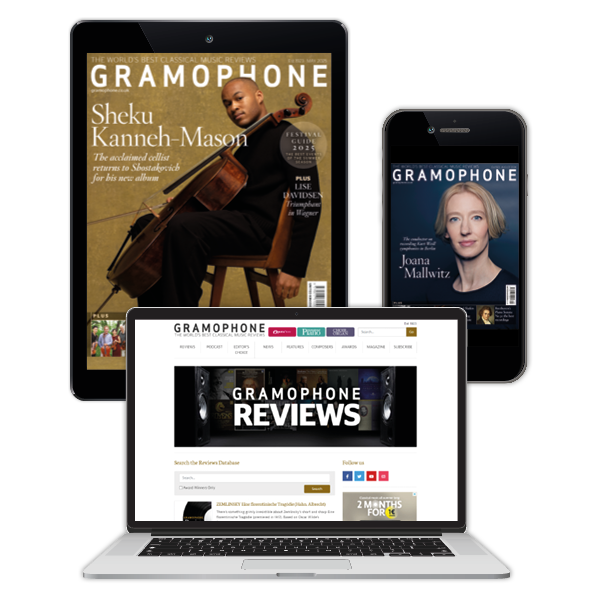WAGNER Lohengrin
Neuenfels’s ‘rat laboratory’ Lohengrin from Bayreuth
View record and artist detailsRecord and Artist Details
Composer or Director: Richard Wagner
Genre:
DVD
Label: Opus Arte
Magazine Review Date: 10/2012
Media Format: CD or Download
Media Runtime: 209
Mastering:
Stereo
DDD
Catalogue Number: OA1071D

Tracks:
| Composition | Artist Credit |
|---|---|
| Lohengrin |
Richard Wagner, Composer
Andris Nelsons, Conductor Annette Dasch, Elsa, Soprano Bayreuth Festival Chorus Christian Tschelebiew, Noble IV, Bass George Zeppenfeld, King Henry, Bass Jukka Rasilainen, Telramund, Baritone Klaus Florian Vogt, Lohengrin, Tenor Petra Lang, Ortrud, Soprano Rainer Zaun, Noble III, Baritone Richard Wagner, Composer Samuel Youn, Herald, Baritone Stefan Heibach, Noble I, Tenor Willem Van der Heyden, Noble II, Tenor |
Author: Arnold Whittall
When this production was new in 2010, Lohengrin was sung by Jonas Kaufmann. Some have regretted his replacement in 2011 by the lighter-voiced Klaus Florian Vogt, but – as recorded here – Vogt has more than enough stamina and vocal authority to sustain the role. All six solo singers are musically excellent and dramatically persuasive, with Petra Lang’s excoriating Ortrud and Georg Zeppenfeld’s grave yet warm-toned King Henry particularly memorable. Annette Dasch vividly conveys Elsa’s extraordinary blend of vulnerability and pig-headedness, while Samuel Youn’s Herald seizes the chance for more varied characterisation than is often the case with this role. The general air of conviction owes much to the excellent cinematography, with a variety of camera angles – including one from high above the stage – showing the resourcefulness with which video director Michael Beyer uses current technology.
The main reason Andris Nelsons’s contribution stands out is that, in his case, ‘interpretation’ means achieving the best possible results with the materials Wagner himself provided. Stage directors today are more likely to react against those materials, to see them as too ambiguous to offer any useful basis for modern productions, and therefore to proceed as if Wagner’s music has little or nothing to say about how a work should be staged. So the presence, during the Act 1 Prelude, of an on-screen projection involving rats, and of Lohengrin himself in an agitated state, give immediate notice that Hans Neuenfels finds such information as the booklet’s synopsis provides – ‘The opera is set in the first half of the 10th century’ – useless as an indication of how a production, today, should be framed.
Setting the drama in a laboratory researching rat behaviour activates metaphors about collective psychology, both warlike and defensive, that chime with some of Wagner’s own ideas: that relevance might even be extended to the overriding image of conflicts between other-worldliness and real life, without which Lohengrin becomes something very different from what it can – and probably should – be. Neuenfels’s default mode of savage, well-nigh nihilistic surrealism arguably deprives the opera of those vestiges of human idealism that Wagner never completely jettisoned. It is, nevertheless, a remarkable experience to see how effectively the performers (including the superbly disciplined chorus) respond to the conductor’s as well as the producer’s interpretations of this troubling transitional work.
Discover the world's largest classical music catalogue with Presto Music.

Gramophone Digital Club
- Digital Edition
- Digital Archive
- Reviews Database
- Full website access
From £8.75 / month
Subscribe
Gramophone Full Club
- Print Edition
- Digital Edition
- Digital Archive
- Reviews Database
- Full website access
From £11.00 / month
Subscribe
If you are a library, university or other organisation that would be interested in an institutional subscription to Gramophone please click here for further information.





